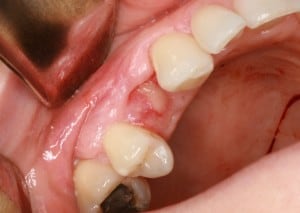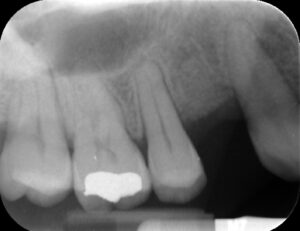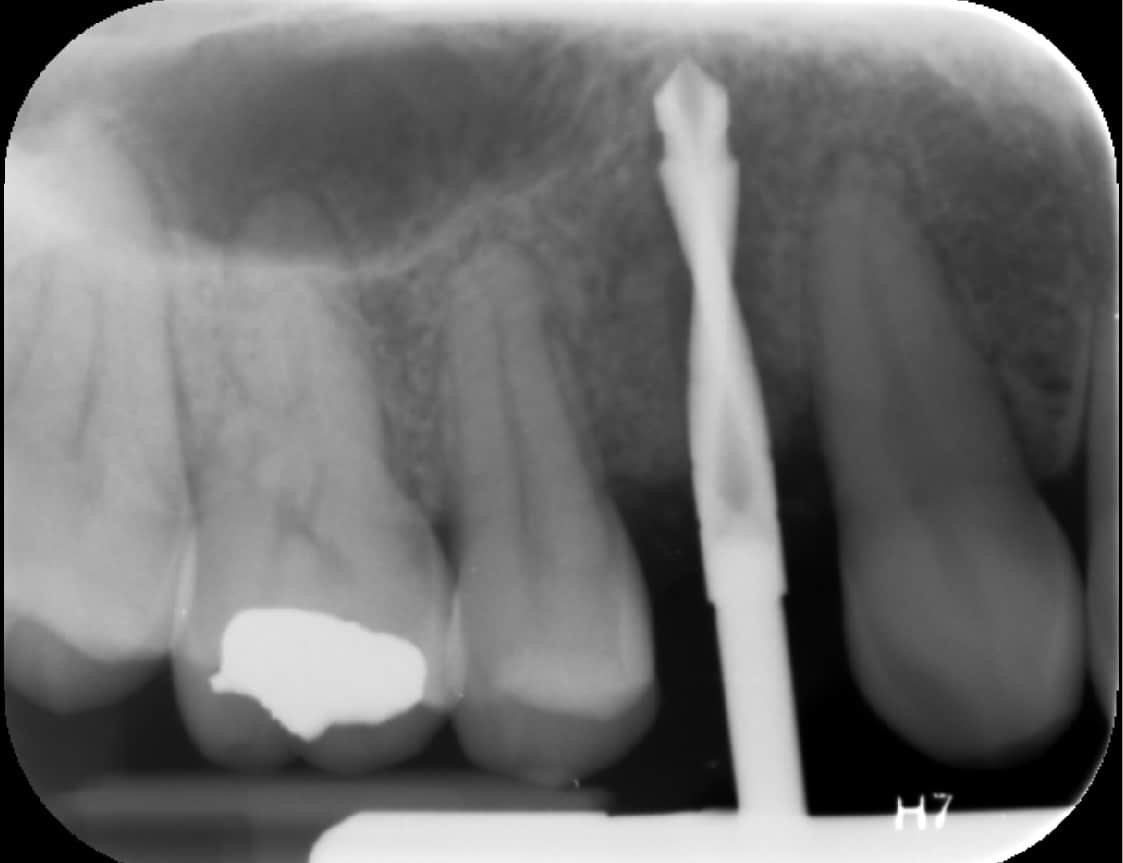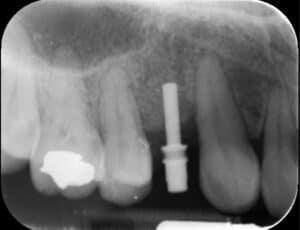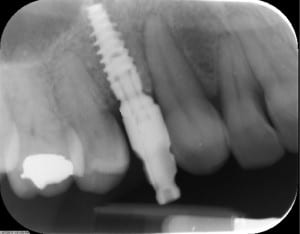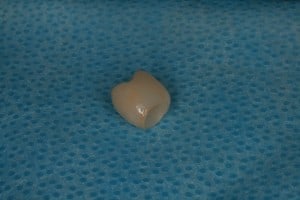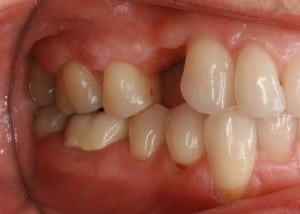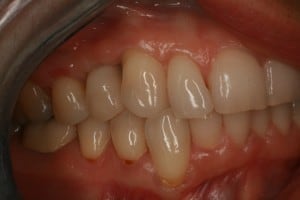 This is a case report of a 38 y/o female that noticed a reddish pink hue coming through her tooth and decided to have it examined. Her dentist referred her to an oral surgeon for a tooth extraction, but she decided to have a second opinion at our office. After completing a full exam we determined that she had a case of external resorption that was likely caused by orthodontics as a teenager. The tooth would need to be extracted because of the extent of bone loss and tooth destruction.
This is a case report of a 38 y/o female that noticed a reddish pink hue coming through her tooth and decided to have it examined. Her dentist referred her to an oral surgeon for a tooth extraction, but she decided to have a second opinion at our office. After completing a full exam we determined that she had a case of external resorption that was likely caused by orthodontics as a teenager. The tooth would need to be extracted because of the extent of bone loss and tooth destruction.
The patient was given four options to replace her missing teeth:
- A flipper (partial denture). Pt did not like that she would have to take it in and out of her mouth every night, and would have to rinse it after meals.
- A 3 unit bridge. Pt did not want to have her two healthy adjacent teeth damaged by crown preps, especially not her canine. She did also not want the chance of recurrent decay around the margins over time causing further damage to her adjacent teeth.
- A dental implant. Pt decided to have a dental implant because it was the most natural way to replace her tooth. She was not excited about the length of time treatment would take, because following the tooth extraction she would need a bone graft placed to augment her eroded bone. Bone grafts take 5-6 months healing time before a dental implant can be placed. Dental implants take approximately 3 months of healing time before a tooth can be placed on top.
- No treatment after extraction, leaving the missing tooth. Not an option for this esthetically driven patient. She had already invested in her smile with cosmetic dentistry.
External Resorption vs. Internal Resorption Diagnosis
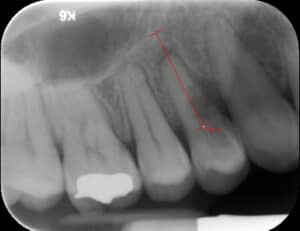
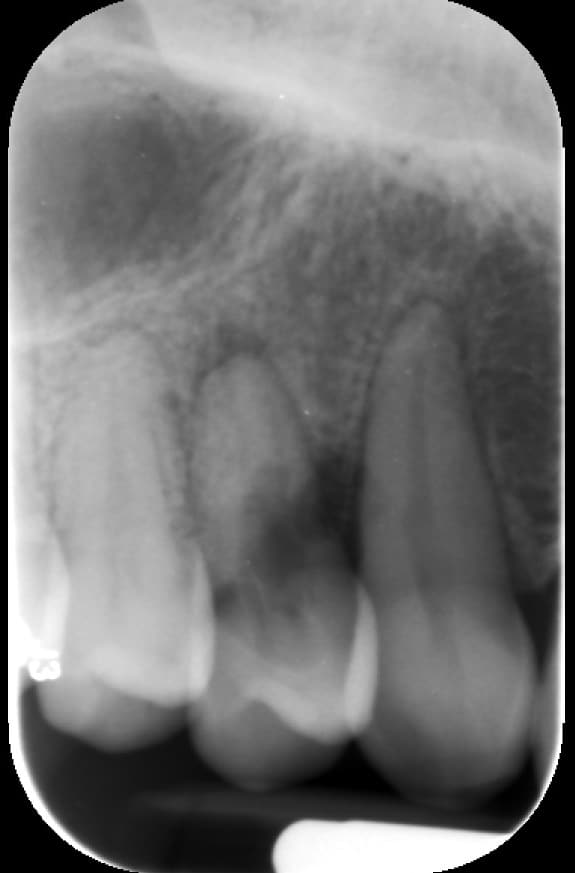
The following digital radiographs and were taken to help diagnose external root resorption. There were no probing depths greater than 3mm around the tooth, and the bone around the mesial of tooth #5 was obviously effected. The difference between internal resorption and external resorption of teeth is usually diagnosed on a radiograph. Internal resorption shows intact PDL space around the tooth, with a localized area of pulpal enlargement. Internal resorption can often be treated by a timely root canal, but external resorption can continue to persist after a root canal procedure. In this case the tooth was diagnosed as having external resorption, it was deemed non-restorable, and it was treatment planned for extraction and bone graft under IV sedation.
External Resorption Treatment
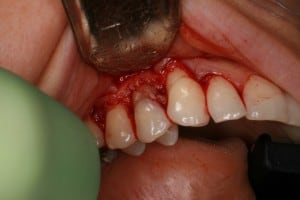
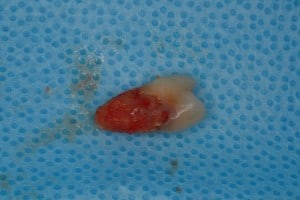
Treatment began with an atraumatic extraction of #5. You can see the resorptive lesion on the mesial of #5. Platelet-rich-plasma was prepared from the patient’s blood and mixed with a mineralized cortical allograft, biomend membrane placed with vicryl 4-0 sutures.
